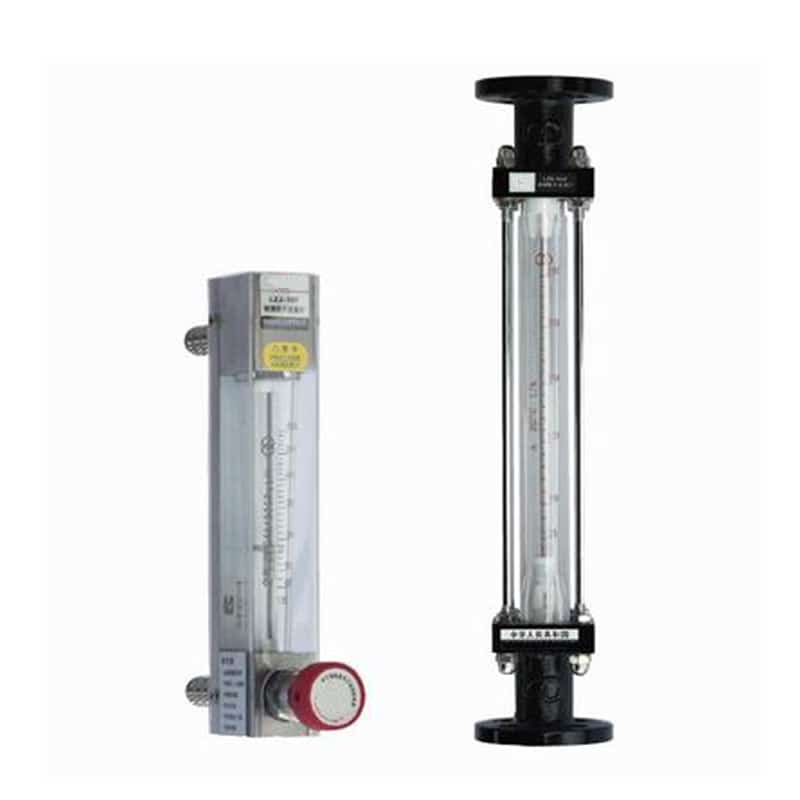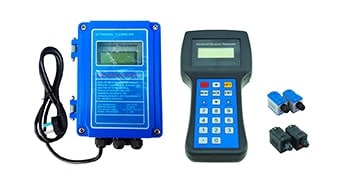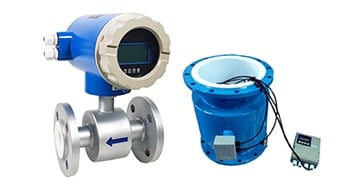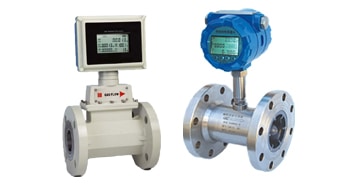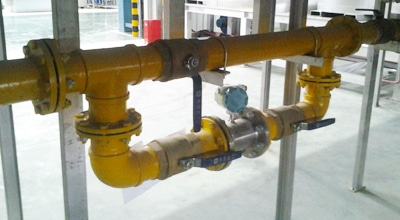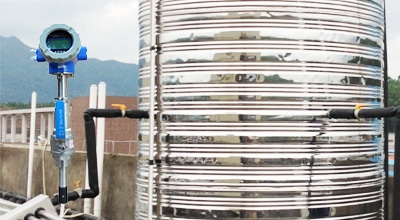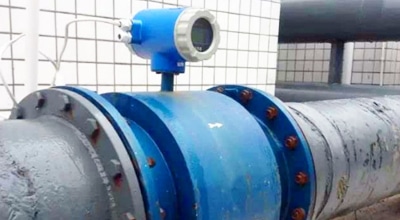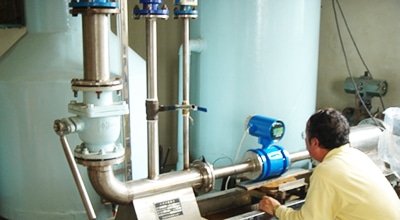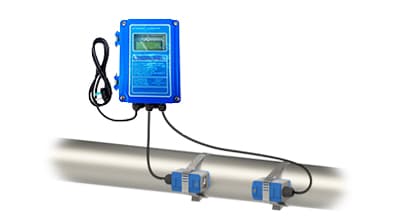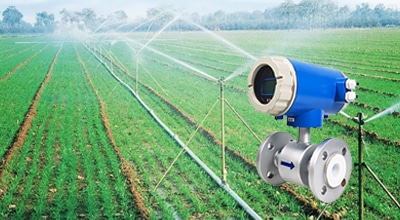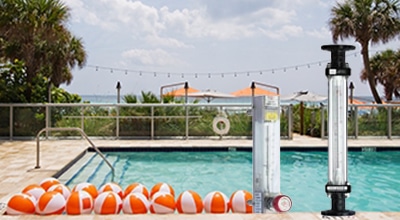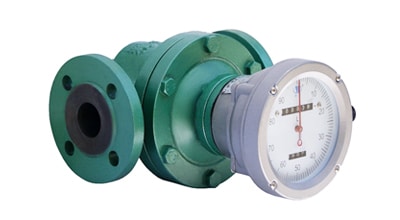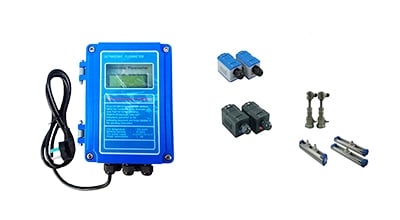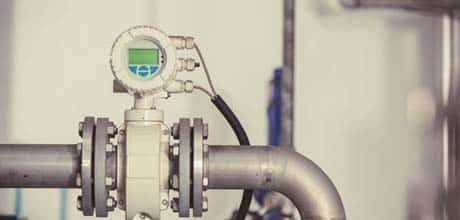Float Flow Meter
Variable area (VA) flow meters, or rotameters, are some of the oldest devices used for flow measurement, known for their flexibility across various applications and high reliability. Operates at a relatively constant pressure drop and provides flow measurement of liquids, gases and steam.
Apure VA flow meters offer simple installation and trouble-free operation while delivering highly accurate flow measurements in low flow, high pressure, and other applications. Apure’s rotameter series features various materials and designs including glass, plastic, and metal metering tubes as well as additional features suited for a range of mediums and applications.
What is rotameter?
A rotameter (variable area meter) is a flow meter used to measure the volume flow of liquids and gases. It consists of a conical tube with a float inside. The way a rotameter works is very simple: as the fluid passes through the conical tube, the float rises. When there is no flow, the float stays at the bottom. Rotameter meters are widely used because they are easy to install and maintain and have a fairly wide measurement range, low pressure drop and linear scale.
How does a rotameter work?
The meter is installed vertically in the pipe system so that the medium must flow from the bottom up. As the medium flows through the conical body of the meter, the float moves internally on the vertical axis. Due to its self-weight, the float always sinks to the opening of the meter (inlet side).
Once the self-weight in the measuring cone is reached (gravity FG), the pressurized medium in the piping system (lift FA) causes the float to rise. Due to the conical shape, the gauge widens towards the top. Therefore, the more the float is lifted upwards, the more the measured medium can flow through it (flow resistance FR). Due to the balancing force, the float flattens out at a measured value. This measured value maps the flow rate and is read in l/h on a scale on the upper edge of the float. (See figure. As the volume flow rate decreases, the float sinks again and the measured value changes accordingly.
Structure
The float type flow meter basically consists of the following components: float, measuring cone, flow scale fixed in the pipe by a connection such as a joint or flange or threaded connection. It is sealed with sealing elements. The movement of the float is restricted by a stopper and the measuring tube is also secured with a protective cover.
Types of float flowmeters
All rotameter meters consist of a conical tube and float, but the composition and optimal location for use of these components may vary. The tube can be made of glass, metal or plastic, and the float material can vary. The following will provide more information on the different rotameter designs.
- Glass Tubes – Glass tubes are the most common and oldest rotameter design. The glass in these tubes is a safety shielded borosilicate glass that is safe for water and air applications with flow rates up to 60 gpm for water and 200 scfh for air. some materials are not safe for use in glass tube rotameter, including wet steam or high pH water above 194°F (which can cause glass softening), caustic soda (which can dissolve glass), and hydrofluoric acid (which can etch the glass).
- Metal Tubes – Metal tubes are used for rotameter when conditions include higher temperatures and pressures than the glass can withstand. These tubes are usually made of stainless steel. To detect the position of the float, a magnetic follower is used inside the tube as well as a reading on the outside of the tube. Metal tubes can be used for hot strong alkalis, water, steam, fluorine, slurries, hydrofluoric acid, molten metals, etc.
- Plastic Tubes – The plastic tube rotameter is a relatively low cost device designed for applications involving corrosive fluids or deionized water. The tube itself can be made of polysulfone, perfluorinated alkoxy (PFA) or polyamide.
- Float Materials – Floats are typically made of glass, metal, plastic or stainless steel to protect against corrosion. Other float materials include sapphire, carbon alloys, and tantalum.
Characteristics
- No external power supply required – Rotameter is a mechanical device that provides flow measurement without the need for power. This allows the rotameter to be installed in hazardous areas and remote locations where the cost of power is high.
- You can see the process – Customers can not only get flow measurement readings, but they can also see their process. Is the process dirty or cloudy, which could mean a filter change is needed? Is the process the right color, are they bubbles in the liquid.
- Rotameter is cost effective – The price and features of rotameter help save workload. Rotameter can be installed with other flow measurement technologies and complement each other at an economical price.
- Easy to install and maintain – Rotameter can be installed quickly by connecting the process line to the inlet and outlet of the rotameter. Make sure the meter is vertical and you are now ready to measure flow.
- Low pressure drop – Most small rotameter meters have a pressure drop of only a few inches of water column. This means the rotameter can be installed in many places in the process. Smaller pressure drop means smaller pumps!
- Repeatability – Under the same process conditions, the rotameter will accurately repeat flow measurements day after day.
Main application
- Plant and Mechanical Engineering
- Engineering Machinery and Equipment
- Chemicals
- Building Services Equipment
- Laboratory Instruments
- Food
- Metal extraction, production and processing
- Oil and gas
- Shipping
- Water and wastewater
- Basic liquid (including water) or gas flow measurement
- Rotating equipment flow measurement
- Process analyzers
- High pressure flow on offshore oil platforms
- Chemical injection
- Blowdown liquid or gas metering
What is difference between rotameter and flow meter?
There is no difference between a rotameter and a flowmeter, and these terms are used interchangeably. The term “float flow meter” established the technical term for this mechanical flow meter when Rota introduced the industrially produced rotary float to the market in 1908. In the same year, the engineer Karl Küppers from Aachen registered a patent. Since then, “Rotameter” has been the common term for float flow meter products.
How variable area flow meters work?
The position of the in-line float, piston or vane of a variable area flow meter changes as the flow rate increases opening up a larger flow area to pass the flowing fluid. The position of the float, piston or vane provides a direct visual indication of the flow rate. Design variations include rotameter (float in a conical tube), orifice plate/rotameter combinations (bypass rotameter), open channel variable gates, conical plugs and vane or piston designs.
Gravity or springs are used to return the flow element to its resting position when the flow rate decreases. Gravity flow meters (rotameter) must be mounted in a vertical position, while spring-loaded meters can be mounted in any position. All variable area flow meters are equipped with a local indicator. Most can also be equipped with position sensors and transmitters (pneumatic, electronic, digital or fiber optic) for connection to a remote display or control unit.
The operation of variable area flow meters is based on the variable area principle: fluid flow raises the float in the conical tube, increasing the area through which the fluid passes. The higher the flow rate, the higher the float rises. The height of the float is proportional to the flow rate. For liquids, the float is raised by the combined buoyancy of the fluid and the velocity pressure head of the fluid. In the case of air flow, the buoyancy force is negligible and the float responds only to the velocity head. The float moves up and down in the tube proportional to the fluid flow and the annular area between the float and the tube wall. The float reaches a stable position in the tube when the upward force exerted by the flowing fluid is equal to the downward gravitational force exerted by the weight of the float. The change in flow velocity disrupts this balance of forces. The float then moves up or down, changing the annular area, until it reaches the position of force balance again. To satisfy the force equation, the variable area flowmeter float assumes a different position for each constant flow rate. It is important to note, however, that since the float position depends on gravity, the variable area flow meter must be oriented and mounted vertically.


